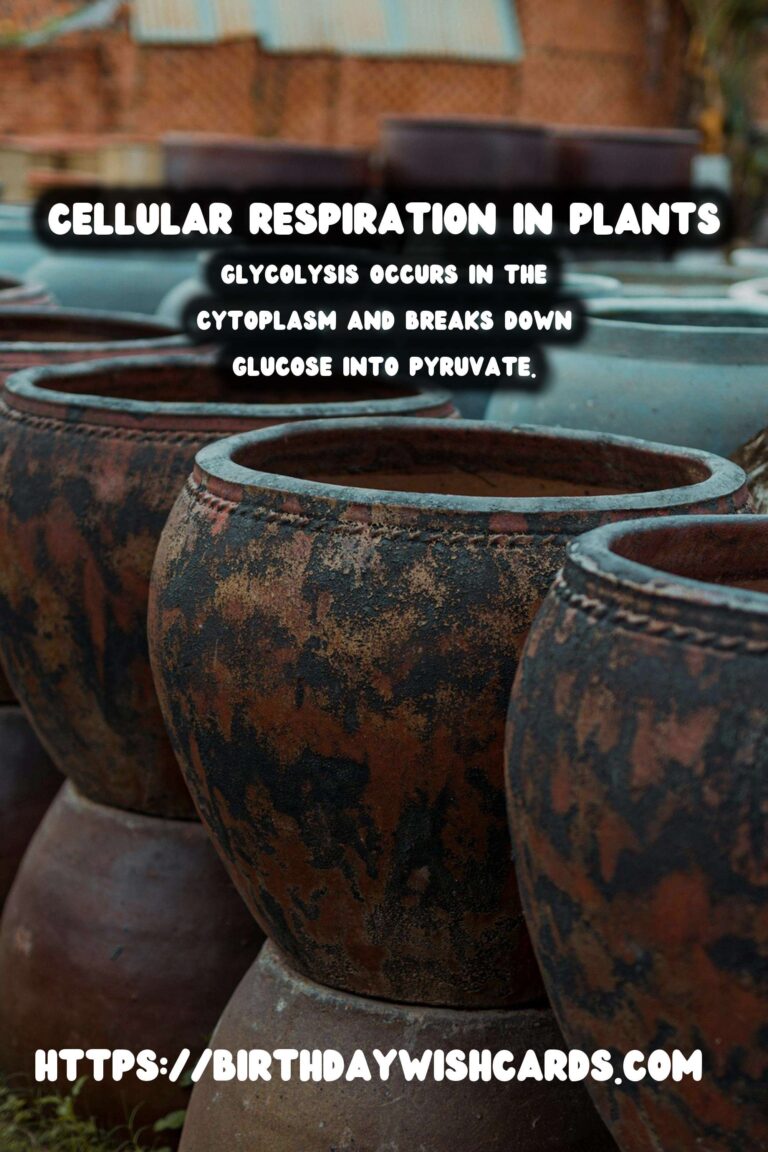
Plants are complex organisms that perform a multitude of vital processes essential for their growth, survival, and reproduction. One of the critical aspects of plant metabolism is cellular respiration, a process that allows plants to convert glucose into usable energy. While most are familiar with photosynthesis, cellular respiration is equally important in the life cycle of plants.
What is Cellular Respiration?
Cellular respiration is a metabolic process that occurs in the cells of organisms, including plants. It involves breaking down glucose, derived from carbohydrates, into energy in the form of adenosine triphosphate (ATP). This process is crucial for plants as it provides the energy necessary for various cellular activities.
Cellular respiration in plants takes place in three main stages: glycolysis, the citric acid cycle, and oxidative phosphorylation. Each stage plays a vital role in the overall conversion of glucose into ATP.
The Process of Glycolysis
Glycolysis is the first step in cellular respiration and occurs in the cytoplasm of plant cells. During glycolysis, one molecule of glucose is broken down into two molecules of pyruvate. This process generates a small amount of ATP and releases high-energy electrons, which are later used in the electron transport chain.
Glycolysis does not require oxygen, making it an anaerobic process, and it is the same across both plant and animal cells. The primary purpose of glycolysis is to prepare glucose molecules for further breakdown in the mitochondria.
The Citric Acid Cycle
Also known as the Krebs cycle, the citric acid cycle occurs in the mitochondria. Here, the pyruvate molecules generated during glycolysis are further oxidized, releasing carbon dioxide, ATP, and high-energy electron carriers, such as NADH and FADH2. The citric acid cycle is an aerobic process, requiring oxygen to proceed efficiently.
The energy carriers produced are crucial for the final stage of cellular respiration, where the majority of ATP is generated.
Oxidative Phosphorylation
Oxidative phosphorylation is the final and most ATP-generating stage of cellular respiration. This process takes place in the inner mitochondrial membrane and involves the electron transport chain and chemiosmosis. The high-energy electrons from NADH and FADH2 are transferred through a series of proteins in the electron transport chain, releasing energy in the process.
This energy is used to pump protons across the mitochondrial membrane, creating a proton gradient. As protons flow back into the mitochondrial matrix through ATP synthase, ATP is synthesized. Oxygen acts as the final electron acceptor, combining with electrons and protons to form water.
The Role of Cellular Respiration in Plants
While photosynthesis is responsible for producing glucose, cellular respiration is essential for breaking down that glucose into usable energy. Plants utilize ATP produced during cellular respiration to drive various biological processes, such as nutrient absorption, growth, and reproduction.
Moreover, cellular respiration is crucial for the maintenance of plant tissues, particularly in non-photosynthetic parts like roots and seeds, where photosynthesis cannot occur.
Conclusion
Understanding cellular respiration in plants highlights the intricate balance of energy conversion and utilization that sustains plant life. While photosynthesis captures the energy of sunlight, cellular respiration ensures that this energy is accessible for the plant’s cellular functions. Both processes are complementary and vital for plant metabolism, underscoring the dynamic nature of plant biology.
In summary, cellular respiration is a cornerstone of plant metabolism, enabling plants to efficiently convert glucose into the energy required for their survival and growth.
Cellular respiration is a metabolic process that allows plants to convert glucose into energy. The process takes place in three main stages: glycolysis, the citric acid cycle, and oxidative phosphorylation. Glycolysis occurs in the cytoplasm and breaks down glucose into pyruvate. The citric acid cycle further oxidizes pyruvate in the mitochondria, releasing ATP and high-energy carriers. Oxidative phosphorylation generates the most ATP using the electron transport chain in the mitochondrial membrane. Cellular respiration provides the necessary energy for plant biological processes such as growth and reproduction. 
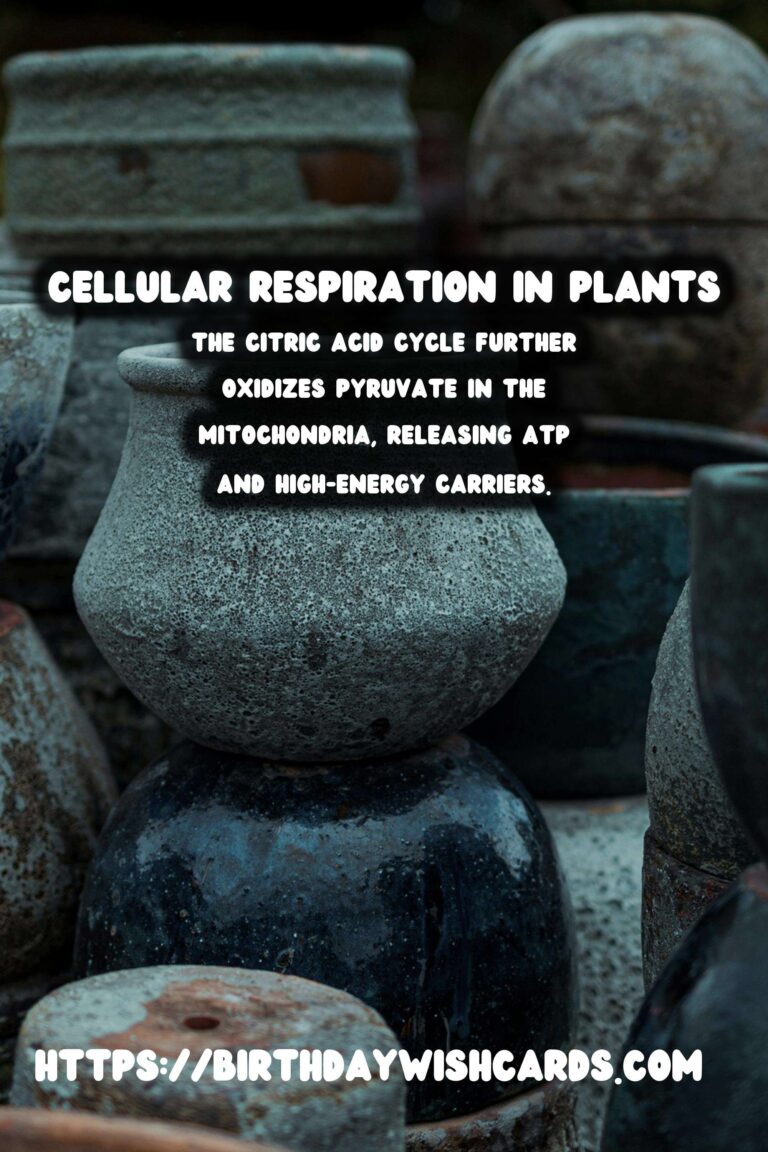
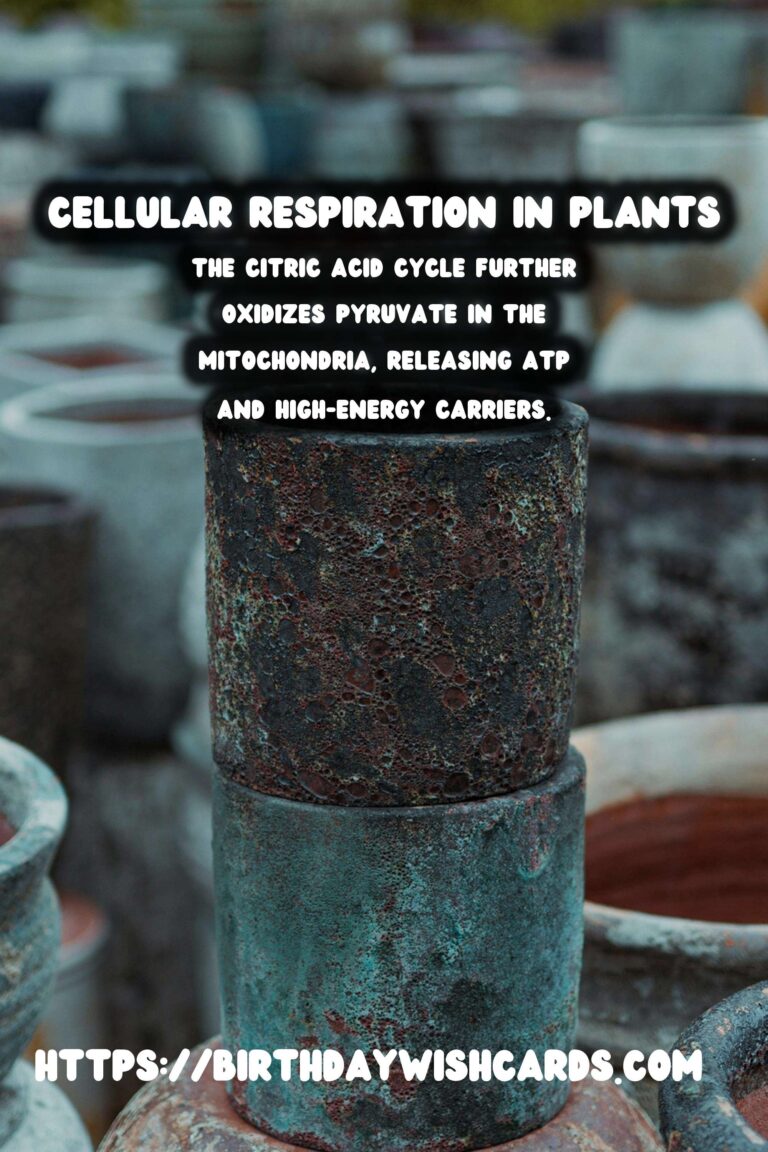
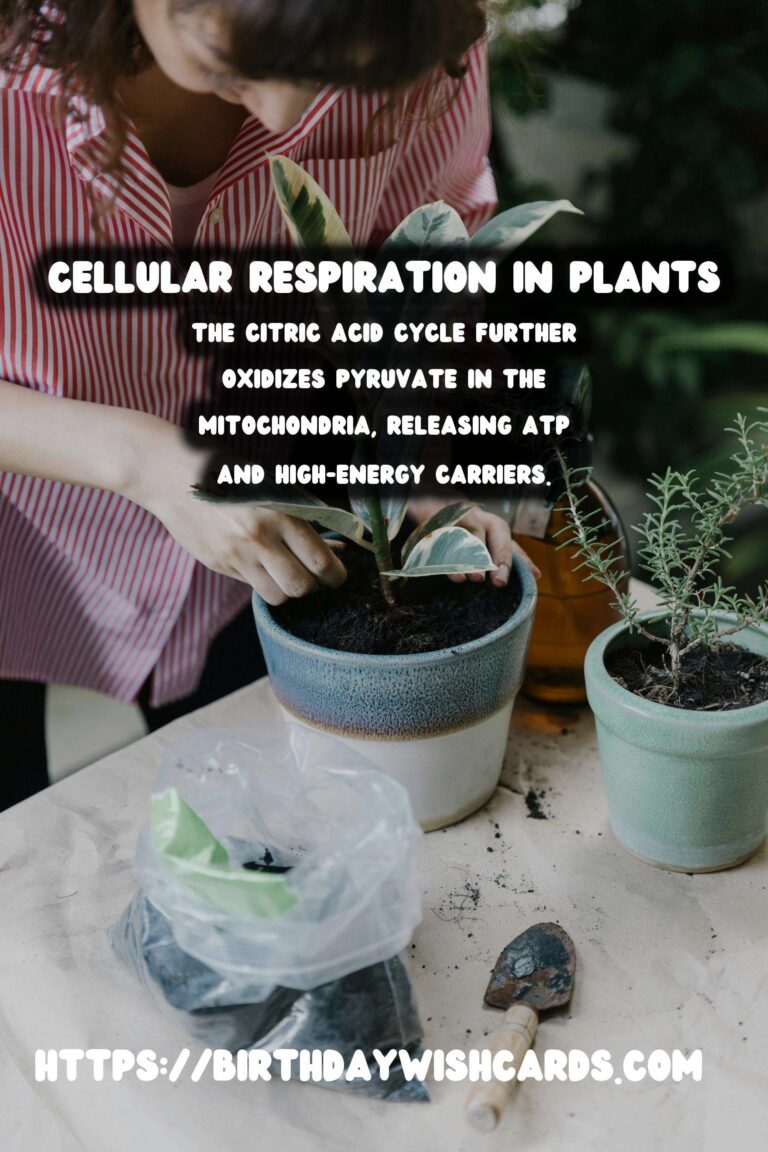
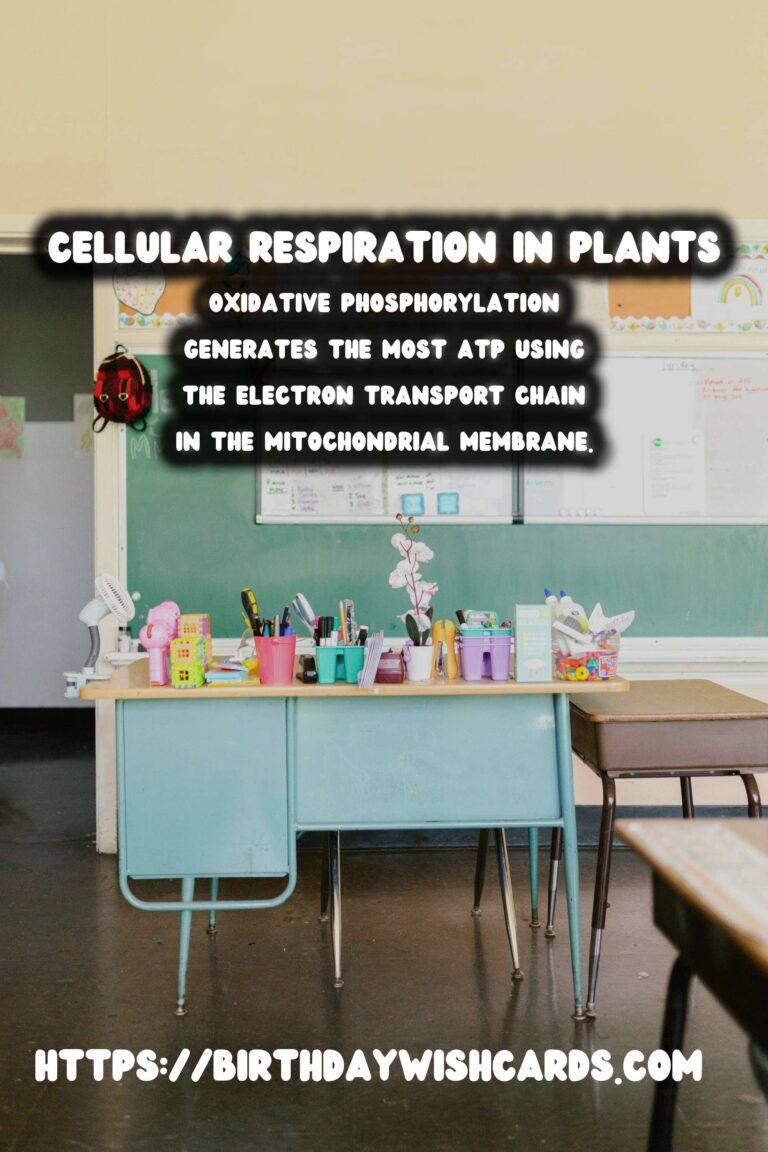
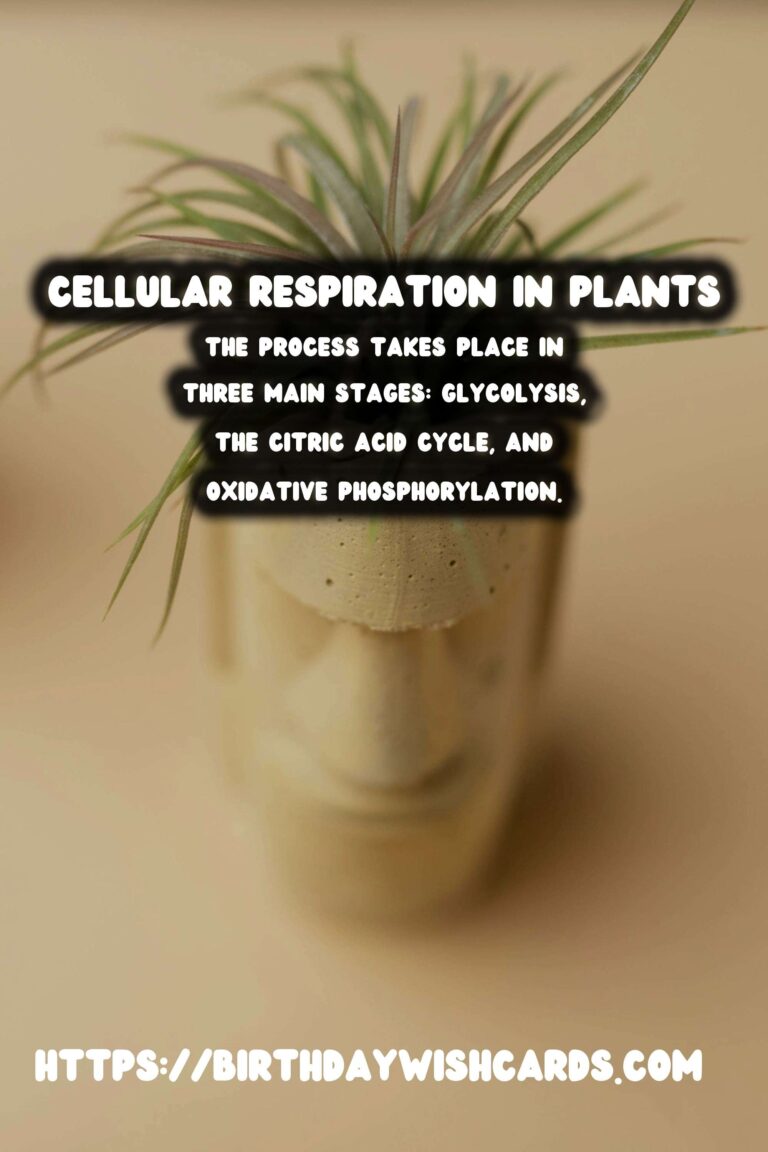
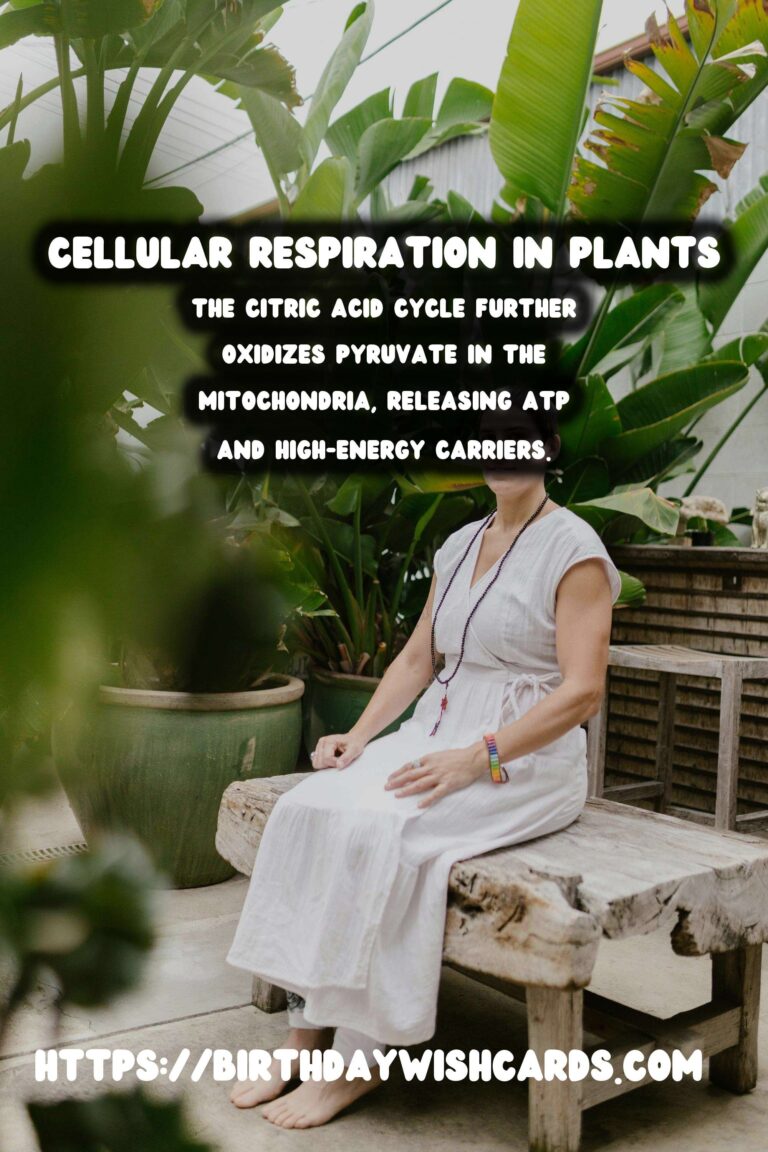
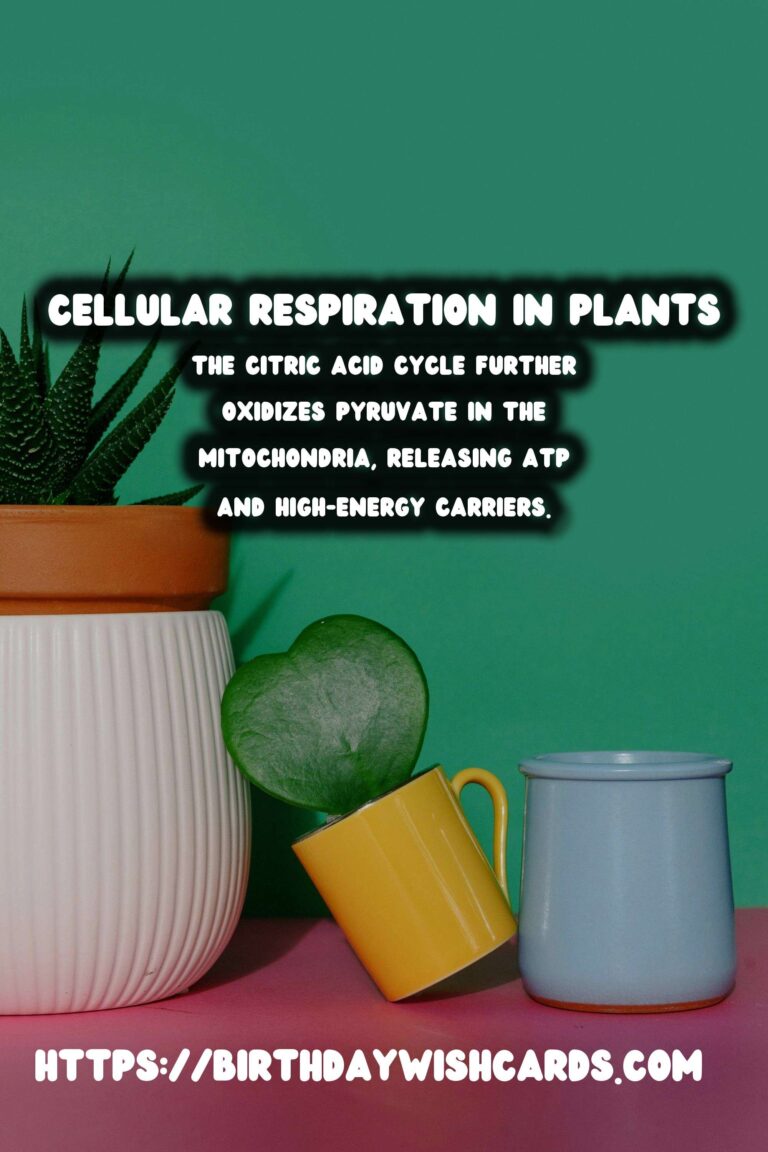
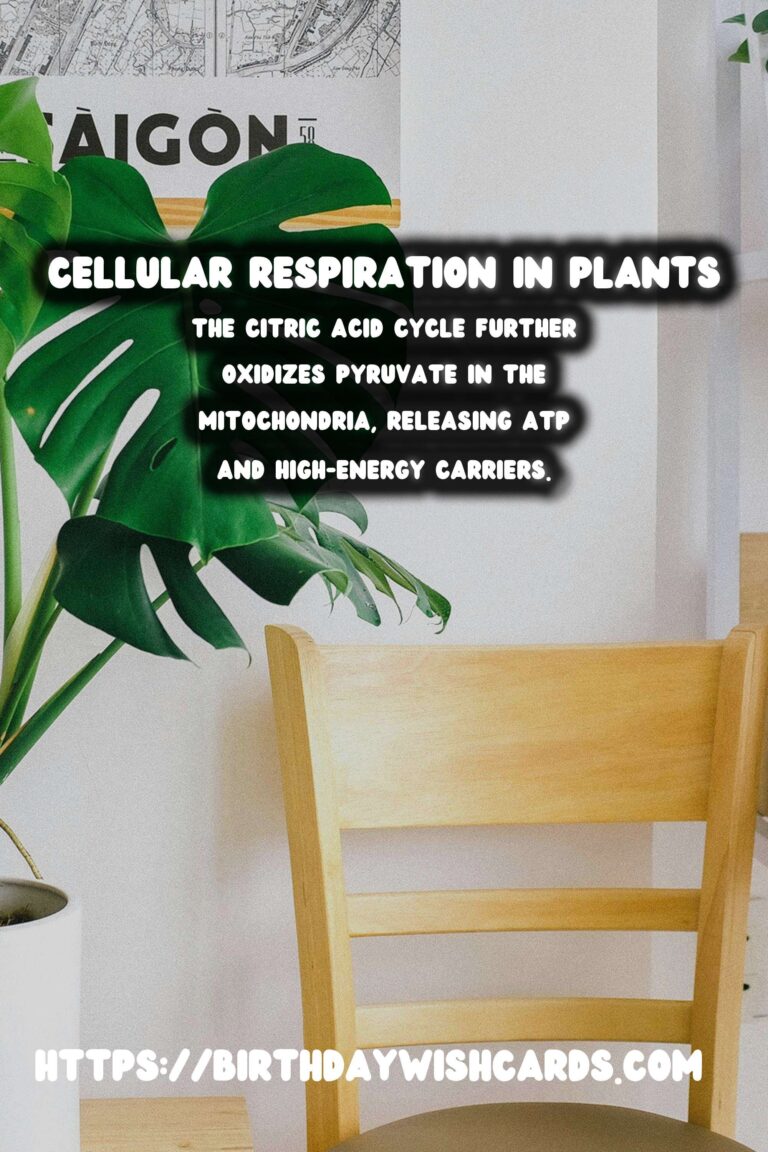
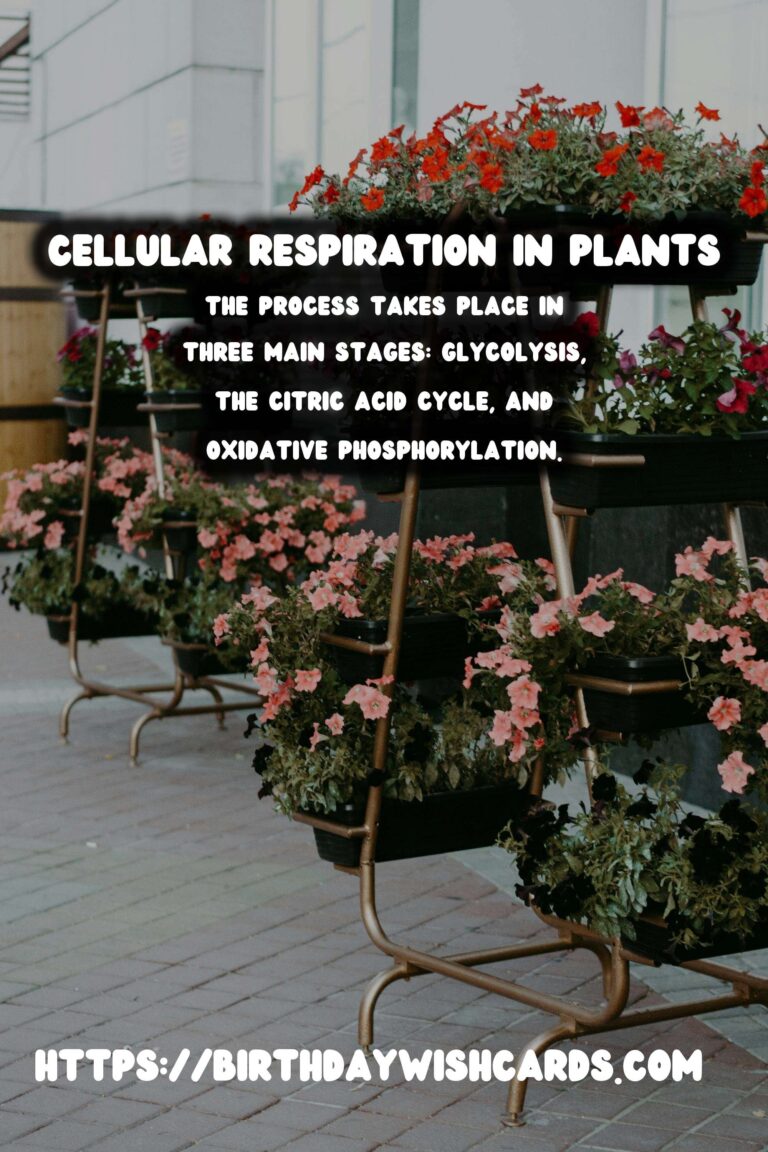
#PlantMetabolism #CellularRespiration #PlantBiology #Photosynthesis #Botany




